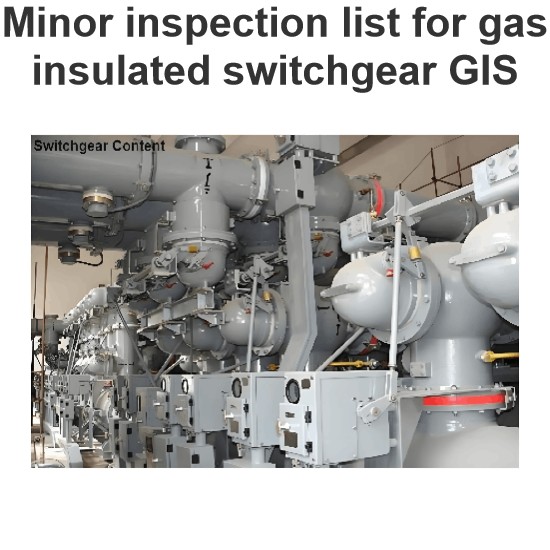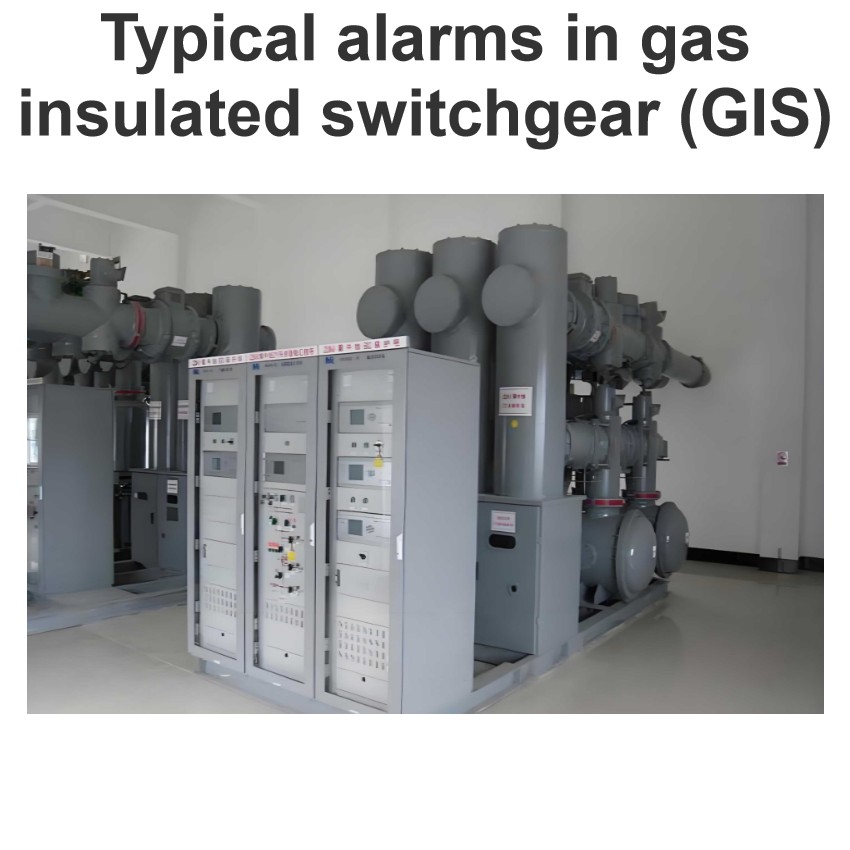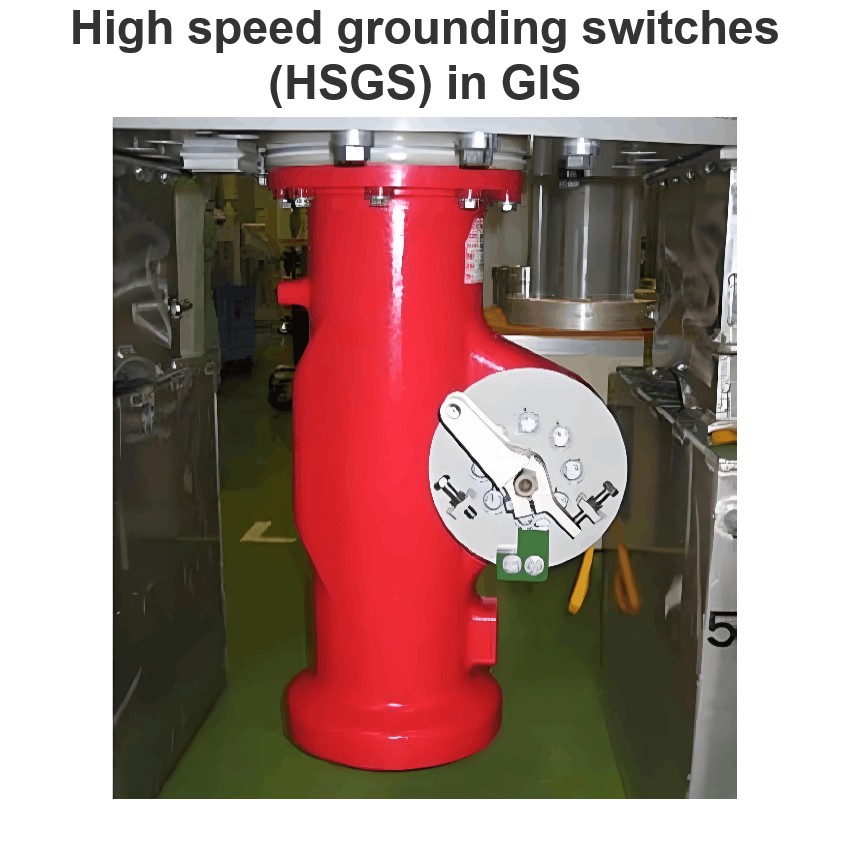What are some of the challenges or limitations of using GIS?
The use of gas-insulated metal-enclosed switchgear (GIS) faces the following challenges and limitations:
I. In terms of technical complexity
High requirements for installation and commissioning
Challenge: GIS equipment has a complex structure, and the installation and commissioning process requires a high degree of professional technology and precise operation. The installation environment has strict requirements, such as the need for a clean and dry site to ensure the insulation performance inside the equipment.
Solution: Strengthen the training of installers to improve their technical level and awareness of operation specifications. Before installation, fully clean and prepare the installation site to ensure that it meets the installation requirements.
Difficulty in maintenance and repair
Challenge: Due to the strong sealing of GIS equipment and its complex internal structure, once a fault occurs, maintenance and repair are more difficult. Professional detection equipment and technical means are needed to accurately determine the fault location and cause.
Solution: Establish a perfect equipment maintenance management system and conduct regular equipment detection and maintenance. Equip with advanced detection equipment and professional technical personnel to improve fault diagnosis and handling capabilities.
II. In terms of cost
High initial investment
Challenge: The manufacturing process of GIS equipment is complex and has a high technical content, so the initial investment cost is high. Compared with traditional open switchgear, the price of GIS equipment may be several times or even more.For example, in a substation construction project, the use of GIS equipment may increase a large amount of investment cost, which is an important consideration for some projects with limited funds.
Solution: In the project planning stage, fully consider the life cycle cost of the equipment, including factors such as initial investment, operation and maintenance costs, and equipment life. Through optimized design and selection, reduce the initial investment cost of the equipment.
Relatively high operation and maintenance costs
Challenge: The operation and maintenance of GIS equipment requires professional technical personnel and equipment, and the maintenance cost is relatively high. In addition, due to the strong sealing of the equipment, the repair of internal faults is difficult and may require the replacement of the entire component, further increasing the maintenance cost.For example, when the sealing part of GIS equipment ages or is damaged, professional personnel need to replace it. This not only consumes a lot of time and labor costs but may also require the purchase of expensive original parts.
Solution: Strengthen the daily maintenance management of the equipment, conduct regular equipment detection and maintenance, and discover and deal with potential problems in time to reduce the incidence of equipment failures. At the same time, domestic parts and maintenance technologies can be considered to reduce maintenance costs.
III. In terms of environmental adaptability
Sensitive to environmental temperature and humidity
Challenge: The insulation performance inside GIS equipment is greatly affected by environmental temperature and humidity. In a high-temperature and high-humidity environment, the insulation performance of the equipment may decline, increasing the risk of equipment failure.For example, in some tropical areas or humid environments, GIS equipment needs to take special moisture-proof and heat dissipation measures to ensure normal operation.
Solution: In the equipment selection and design stage, fully consider the influence of environmental factors and select equipment models and specifications suitable for local environmental conditions. At the same time, measures such as strengthening ventilation and moisture-proof and dehumidification can be taken to improve the operating environment of the equipment.
High requirements for seismic resistance
Challenge: For substations located in earthquake-prone areas, GIS equipment needs to have good seismic resistance. However, due to the complex structure and heavy weight of GIS equipment, the design and verification of seismic resistance performance are more difficult.For example, in the event of an earthquake, GIS equipment may be subjected to strong vibrations and shocks, leading to damage to internal components or loose connections, affecting the normal operation of the equipment.
Solution: In the equipment design and installation process, strengthen the consideration of seismic resistance performance, adopt reasonable structural design and installation methods, and improve the seismic resistance ability of the equipment. At the same time, seismic simulation tests can be carried out to verify the seismic resistance performance of the equipment.
IV. In other aspects
Serious consequences of faults
Challenge: Due to the strong sealing of GIS equipment, once an internal fault occurs, it may lead to serious consequences such as explosions and fires. This will not only cause serious damage to the equipment itself but may also endanger the safety of surrounding personnel and equipment.For example, when a short-circuit fault occurs inside GIS equipment, a huge amount of energy may be released, causing an explosion and fire. In this case, emergency fire extinguishing and rescue measures need to be taken to reduce losses.
Solution: Strengthen the safety management of the equipment and formulate a perfect emergency plan. During the operation of the equipment, strengthen monitoring and early warning to discover and deal with potential safety hazards in time.
Difficulty in expansion and renovation
Challenge: GIS equipment has a compact structure and poor expandability and transformability. When it is necessary to expand or transform a substation, large-scale disassembly and reinstallation of GIS equipment may be required, increasing the difficulty and cost of the project.
For example, in an already-built substation, if a new outgoing bay needs to be added, complex transformation and commissioning of GIS equipment may be required, which may affect the normal operation of the substation.
Solution: In the substation planning and design stage, fully consider future expansion and transformation needs and reserve a certain amount of space and interfaces. At the same time, modularly designed GIS equipment can be adopted to improve the expandability and transformability of the equipment.
In summary, the use of GIS equipment faces challenges and limitations in technical complexity, cost, environmental adaptability, and other aspects. In practical applications, these factors need to be fully considered and corresponding solutions need to be taken to ensure the safe and reliable operation of the equipment.
The Electricity Encyclopedia is dedicated to accelerating the dissemination and application of electricity knowledge and adding impetus to the development and innovation of the electricity industry.













